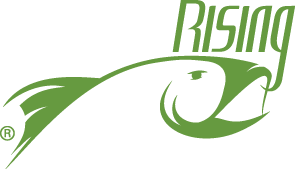Fishing quota systems are often seen as a solution to overfishing, but how effective are they in promoting sustainable fisheries management? In this post, I will evaluate the success of these systems worldwide, focusing on their economic implications and environmental benefits. By understanding the impact of fishing quotas, you’ll gain insights into how they can help protect our oceans and support responsible fishing practices. If you’re an angler or involved in the fishing industry, this information will address your concerns about sustainability and the future of our fishing resources.
Introduction to Fishing Quota Systems in Sustainable Fisheries Management

Fishing quotas play a crucial role in sustainable fisheries management by regulating catch limits to ensure the long-term health of our oceans. I’ll explore the evolution of fly fishing quota systems globally, highlighting their significance in promoting sustainability and enhancing revenue for fishing communities through fishing tools. Understanding these aspects is vital for effective resource management and securing income for future generations.
Understanding the Purpose of Fishing Quotas
Understanding the purpose of fishing quotas is essential for anyone involved in fisheries science and marine biology. These quotas are designed to regulate the catch of specific species, ensuring that their populations remain sustainable over time. By setting limits based on the population dynamics of fisheries, we can maintain healthy ecosystems and support the livelihoods of fishing communities, which often rely on a percentage of these species and fishing accessories for their income via fly fishing.
- Fishing quotas help maintain sustainable fish populations.
- They are based on scientific assessments of species and their dynamics.
- Quotas support the economic stability of fishing communities.
Evolution of Quota Systems in Global Fisheries
The evolution of quota systems in global fisheries has been shaped significantly by the establishment of exclusive economic zones (EEZs), which allow nations to manage their marine resources more effectively using fishing tools. As I’ve observed, countries have increasingly adopted leasing arrangements for fishing rights, which not only promote sustainable practices, such as fly fishing, but also create employment opportunities within local communities. Organizations like the OECD and the National Academy of Sciences have provided valuable insights into these systems, helping to refine policies that balance ecological health with economic viability, ultimately leading to more successful fisheries management.
Significance of Quotas in Promoting Sustainability
Quotas play a significant role in promoting sustainability within fisheries by regulating the harvest of fish species, which helps maintain their populations and reduces bycatch. As I’ve seen in my experience, effective quota systems not only support recreational fly fishing but also ensure that fishing communities can thrive without relying heavily on subsidies that may encourage overfishing. Organizations like the International Council for the Exploration of the Sea provide essential data that informs these quotas, allowing us to balance ecological health with the economic needs of those who depend on fishing accessories and fishing tools for their livelihoods.
Fishing quotas are a tool for balance, but do they truly work? Let’s look at how these systems perform around the globe and what they mean for our oceans.
Evaluating the Effectiveness of Quota Systems Worldwide
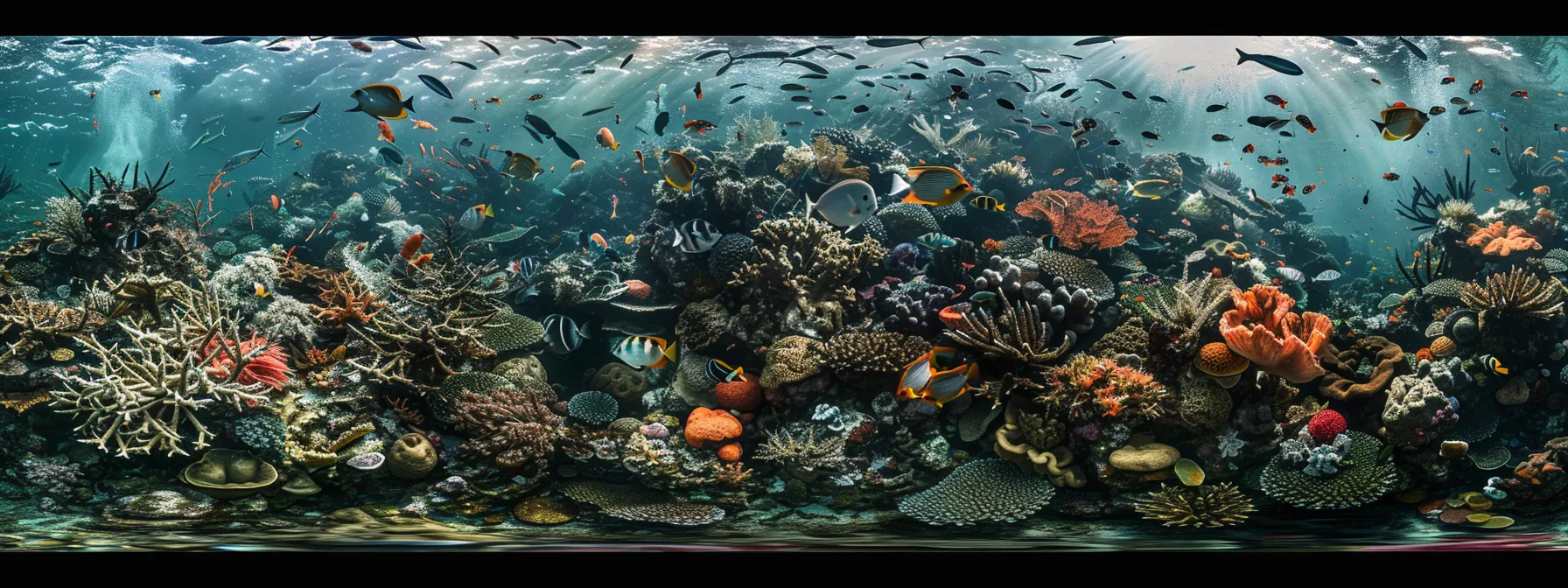
In evaluating the effectiveness of fishing quota systems worldwide, I’ll examine the successes and failures observed in different regions. Factors influencing these outcomes, such as overfishing and fishing tools, will be discussed. Additionally, I’ll compare quota systems with other management approaches, including fly fishing and aquaculture, to highlight their unique incentives and impacts on marine organisms.
Successes and Failures in Different Regions
In my experience, the successes and failures of fishing quota systems vary significantly across different regions. For instance, in the North Atlantic, effective fisheries management has led to a remarkable recovery of cod biomass, demonstrating the power of well-implemented policies and cooperation among nations. Additionally, the rise of fly fishing and the use of fishing tools have supported sustainable practices. Conversely, in some coastal areas, inadequate enforcement and lack of collaboration have resulted in overfishing, highlighting the need for stronger governance and community engagement to ensure sustainable fishing accessories.
- Successful recovery of cod biomass in the North Atlantic.
- Importance of cooperation among nations for effective fisheries management.
- Challenges faced in coastal areas due to inadequate enforcement.
- Need for stronger governance and community engagement.
Factors Influencing Quota System Outcomes
Several factors influence the outcomes of fishing quota systems, and understanding these can significantly enhance their effectiveness. Research shows that the management of discards—fish that are caught but not retained—plays a critical role in ensuring sustainable practices. For instance, the European Commission has implemented catch share programs that allocate specific portions of the total allowable catch to individual fishing vessels, promoting accountability and reducing waste through the use of fishing tools. In my experience, when fishing communities are actively involved in these systems, we see better compliance and a stronger commitment to sustainable fishing practices with quality fishing accessories, ultimately benefiting both the environment and local economies.
Comparing Quota Systems With Other Management Approaches
When comparing quota systems with other management approaches, such as fly fishing and gear restrictions, I find that quotas often provide a more targeted solution to prevent overexploitation of fish populations. For example, in cod fisheries, implementing quotas has been crucial in achieving sustainable yield levels, allowing fish stocks to recover while still supporting the livelihoods of fishing communities. By focusing on specific catch limits and fishing tools, quotas can effectively balance ecological health with economic needs, making them a vital tool in sustainable fisheries management.
Quota systems shape the waters we fish in, but their true impact runs deeper. Let’s explore how these quotas affect the economy and the livelihoods tied to the sea.
Economic Implications of Fishing Quotas

The economic implications of fishing quotas are significant for the fishing industry, impacting profitability and sustainability. I’ll discuss how these quotas affect small-scale fly fishing versus large-scale fisheries, highlighting the challenges and opportunities each faces. Additionally, I’ll explore how quota systems influence market dynamics, including the role of the National Marine Fisheries Service in stock assessment and its effects on commercial fishing practices and fishing tools.
Impact on the Fishing Industry's Profitability
The impact of fishing quotas on the profitability of the fishing industry is significant, particularly for those targeting demersal fish. In my experience, individual fishing quotas (IFQs) can stabilize prices by controlling supply, allowing fishers to secure better value for their catch through the use of fishing tools and fishing accessories. For instance, within the European Union, the implementation of IFQs has led to more predictable market conditions, enabling both small-scale and large-scale fisheries to thrive while adhering to sustainable practices.
Effects on Small-Scale vs. Large-Scale Fisheries
The effects of fishing quotas on small-scale versus large-scale fisheries reveal significant differences in economic efficiency and market dynamics. Small-scale fisheries often face challenges due to the concentration of fishing rights, which can limit their access to resources and reduce their competitiveness in the fish processing sector with fishing tools. In contrast, large-scale fisheries may benefit from auction systems that allow them to acquire quotas more easily, leading to increased profitability and stability in the rising fishing cod market. Understanding these dynamics is crucial for developing policies that support both types of fisheries and promote sustainable practices:
- Small-scale fisheries struggle with access to quotas due to concentration of rights.
- Large-scale fisheries benefit from auction systems for acquiring quotas.
- Economic efficiency varies significantly between small and large-scale operations.
- Supportive policies are needed to balance the interests of both sectors.
Quota Systems and Market Dynamics
Quota systems significantly influence market dynamics within wild fisheries by establishing a framework for ownership and access to fishery resources. In my experience, when quotas are allocated effectively, they enhance productivity by ensuring that fish populations remain healthy, which in turn supports the economic stability of fishing communities. This balance not only protects the habitat but also fosters a competitive market where both small-scale and large-scale fisheries can thrive, ultimately benefiting everyone involved in the fishing industry.
As we consider the economic impact of fishing quotas, it becomes clear that these measures do more than just balance the books. They also hold the key to healthier oceans and thriving ecosystems, inviting us to explore their environmental benefits.
Environmental Benefits of Implementing Quota Systems
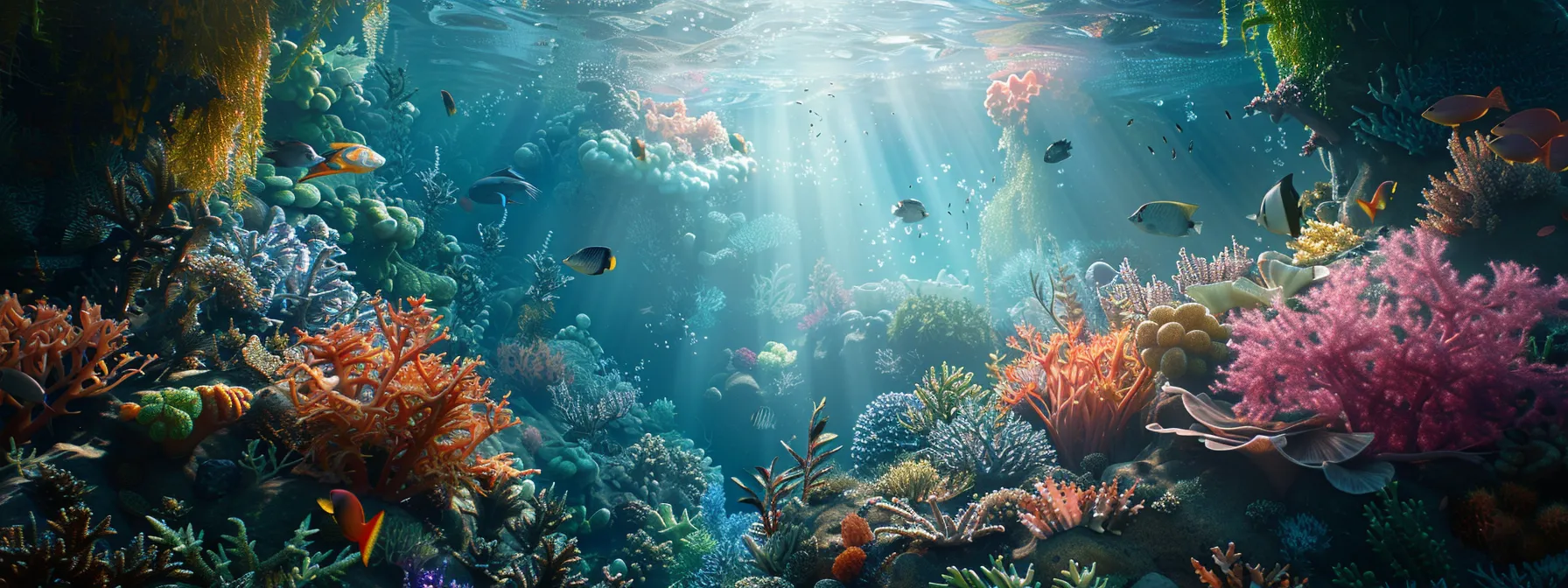
Implementing fishing quota systems plays a vital role in rebuilding overfished stocks, such as the Pacific halibut, and contributes significantly to biodiversity conservation. As a scientist in the fishing industry, I’ve seen firsthand how these systems can lead to healthier ecosystems. In the following sections, I’ll share case studies that demonstrate these environmental improvements and highlight the positive impacts on fish stocks and marine life.
Role in Rebuilding Overfished Stocks
In my experience, implementing fishing quota systems has been instrumental in rebuilding overfished stocks, such as halibut, which have faced significant declines due to open access fishing practices. By establishing clear regulations, we can effectively manage this natural resource, ensuring that stakeholders, including local communities and commercial fishers, benefit from sustainable practices. I've witnessed firsthand how these regulations not only restore fish populations but also enhance the overall health of marine ecosystems, creating a win-win situation for both the environment and the fishing industry.
Contribution to Biodiversity Conservation
In my experience, the implementation of fishing quota systems has significantly contributed to biodiversity conservation within sustainable fisheries. For instance, in British Columbia, evidence shows that by adhering to maximum sustainable yield principles, we can protect various marine species while still allowing for profitable fishing practices. This balance not only supports the recovery of overfished stocks but also enhances the overall health of marine ecosystems, ensuring that future generations can enjoy the benefits of a thriving ocean environment.
Case Studies Demonstrating Environmental Improvements
In my experience, case studies of successful quota management systems illustrate the significant environmental improvements achieved through effective regulations. For instance, the implementation of the Common Fisheries Policy in Europe has led to the recovery of several overfished species, demonstrating how a well-structured fisheries act can mitigate risks associated with overfishing. These examples highlight the importance of adaptive management strategies that prioritize sustainability while supporting the livelihoods of fishing communities:
- Successful recovery of overfished species under the Common Fisheries Policy.
- Implementation of the fisheries act to regulate catch limits effectively.
- Reduction of risks associated with overfishing through adaptive management.
Quota systems do more than protect the environment; they touch the lives of communities. Next, we’ll explore how these management practices shape social ties and cultural traditions among fishing families.
Social and Cultural Impacts of Quota Management
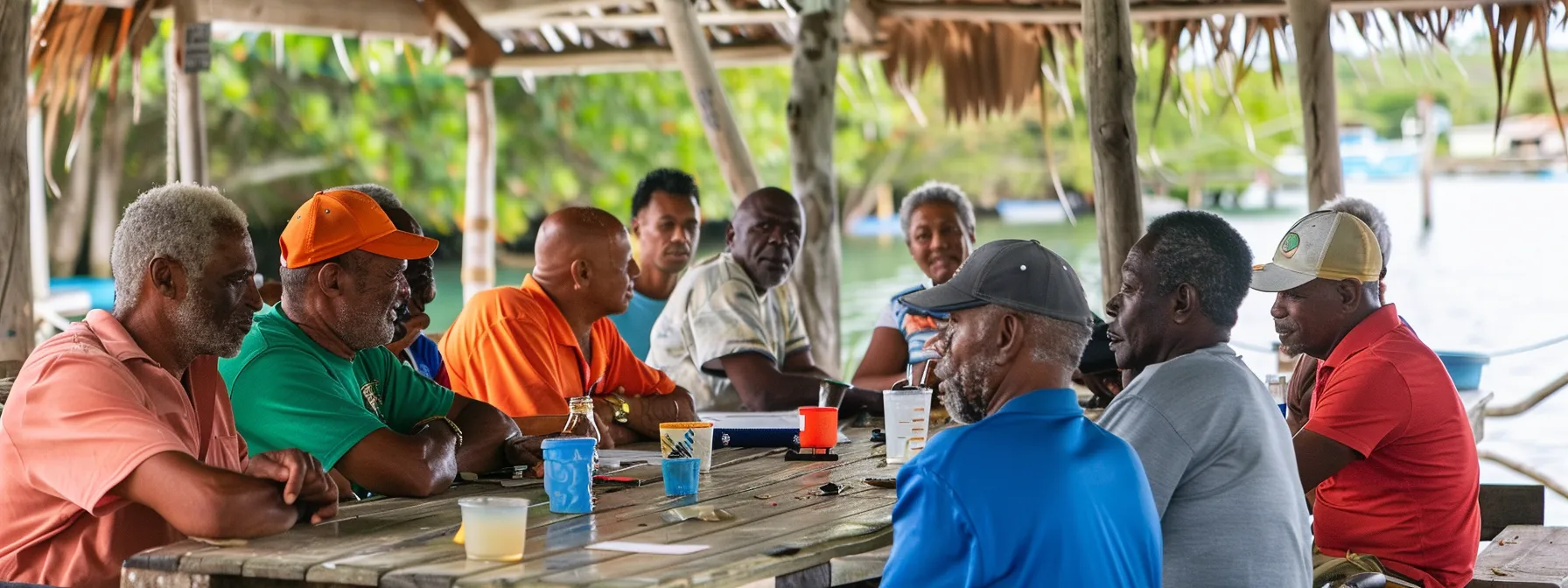
Fishing quota management significantly influences fishing communities and their traditions. I’ll discuss how equity and access in quota allocation affect local fishers, ensuring fair opportunities for all. Additionally, I’ll highlight the importance of community involvement in quota decision-making, emphasizing how these practices foster sustainable fisheries and strengthen the social fabric of fishing communities.
Influence on Fishing Communities and Traditions
The influence of fishing quota management on fishing communities and their traditions is profound. In my experience, when quotas are allocated fairly, they empower local fishers, allowing them to maintain their cultural practices and livelihoods. I've seen how community involvement in quota decision-making fosters a sense of ownership and responsibility, ensuring that traditional fishing methods are respected while promoting sustainable practices that benefit both the environment and the community.
Addressing Equity and Access in Quota Allocation
Addressing equity and access in quota allocation is essential for fostering inclusive fishing communities. In my experience, when quotas are distributed fairly, it not only empowers local fishers but also preserves their cultural heritage and traditional practices. I've seen firsthand how equitable access to fishing rights can lead to stronger community ties and sustainable practices, ensuring that all stakeholders benefit from the resources they depend on.
Community Involvement in Quota Decision-Making
Community involvement in quota decision-making is essential for the success of fishing quota systems. From my experience, when local fishers participate in the process, they feel a sense of ownership and responsibility towards sustainable practices. This engagement not only respects traditional fishing methods but also fosters collaboration, ensuring that the needs and insights of those directly affected by quotas are considered, ultimately leading to more effective and equitable management of marine resources.
The challenges of quota management reveal much about our shared waters. Now, let’s explore the strategies that can make these systems thrive and benefit all who depend on the sea.
Strategies for Enhancing the Success of Fishing Quota Systems
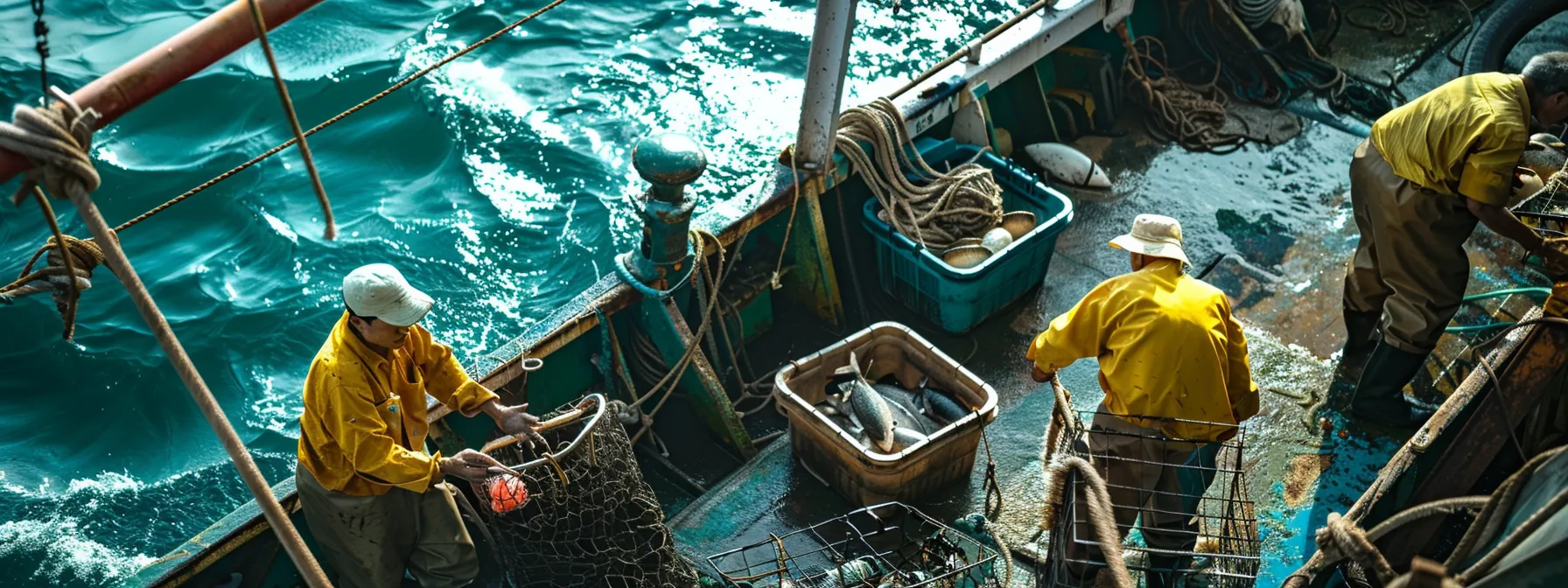
To enhance the success of fishing quota systems, we must focus on three key strategies: improving monitoring and enforcement mechanisms, integrating adaptive management practices, and promoting international collaboration for shared stocks. Each of these areas plays a vital role in ensuring that quotas are effective and sustainable, ultimately benefiting both fish populations and fishing communities. I’ll delve into how these strategies can strengthen our approach to fisheries management.
Enhancing Monitoring and Enforcement Mechanisms
Enhancing monitoring and enforcement mechanisms is crucial for the success of fishing quota systems. In my experience, effective monitoring ensures compliance with catch limits, which directly supports sustainable fisheries management. For instance, utilizing technology such as satellite tracking and electronic reporting can significantly improve oversight, allowing us to detect illegal fishing activities and enforce regulations more efficiently. By prioritizing these strategies, we can protect fish populations and ensure that fishing communities thrive while adhering to sustainable practices.
Integrating Adaptive Management Practices
Integrating adaptive management practices into fishing quota systems is essential for responding to changing environmental conditions and fish population dynamics. In my experience, this approach allows us to adjust quotas based on real-time data and scientific assessments, ensuring that we remain flexible and responsive to the needs of both the ecosystem and fishing communities. By fostering collaboration among stakeholders and utilizing innovative monitoring technologies, we can enhance the effectiveness of our quota systems and promote sustainable fisheries management:
- Utilizing real-time data for quota adjustments.
- Encouraging collaboration among stakeholders.
- Implementing innovative monitoring technologies.
- Enhancing the effectiveness of quota systems.
Promoting International Collaboration for Shared Stocks
Promoting international collaboration for shared stocks is essential for the success of fishing quota systems. In my experience, when countries work together to manage fish populations that cross borders, we can create more effective and sustainable practices. For instance, joint management agreements can lead to better data sharing and coordinated enforcement efforts, ultimately benefiting both the environment and the fishing communities that rely on these resources.
- Countries must collaborate to manage shared fish stocks effectively.
- Joint management agreements enhance data sharing and enforcement.
- International cooperation leads to sustainable practices and healthier ecosystems.
Conclusion
Evaluating the success of fishing quota systems is essential for ensuring sustainable fisheries management and protecting marine ecosystems. By analyzing the effectiveness of these systems, we can identify best practices and address challenges that impact both fish populations and fishing communities. Engaging local stakeholders in decision-making fosters a sense of ownership and responsibility, leading to more equitable and effective management. Ultimately, a thorough evaluation of quota systems not only supports the recovery of overfished stocks but also secures the livelihoods of future generations of fishers.
